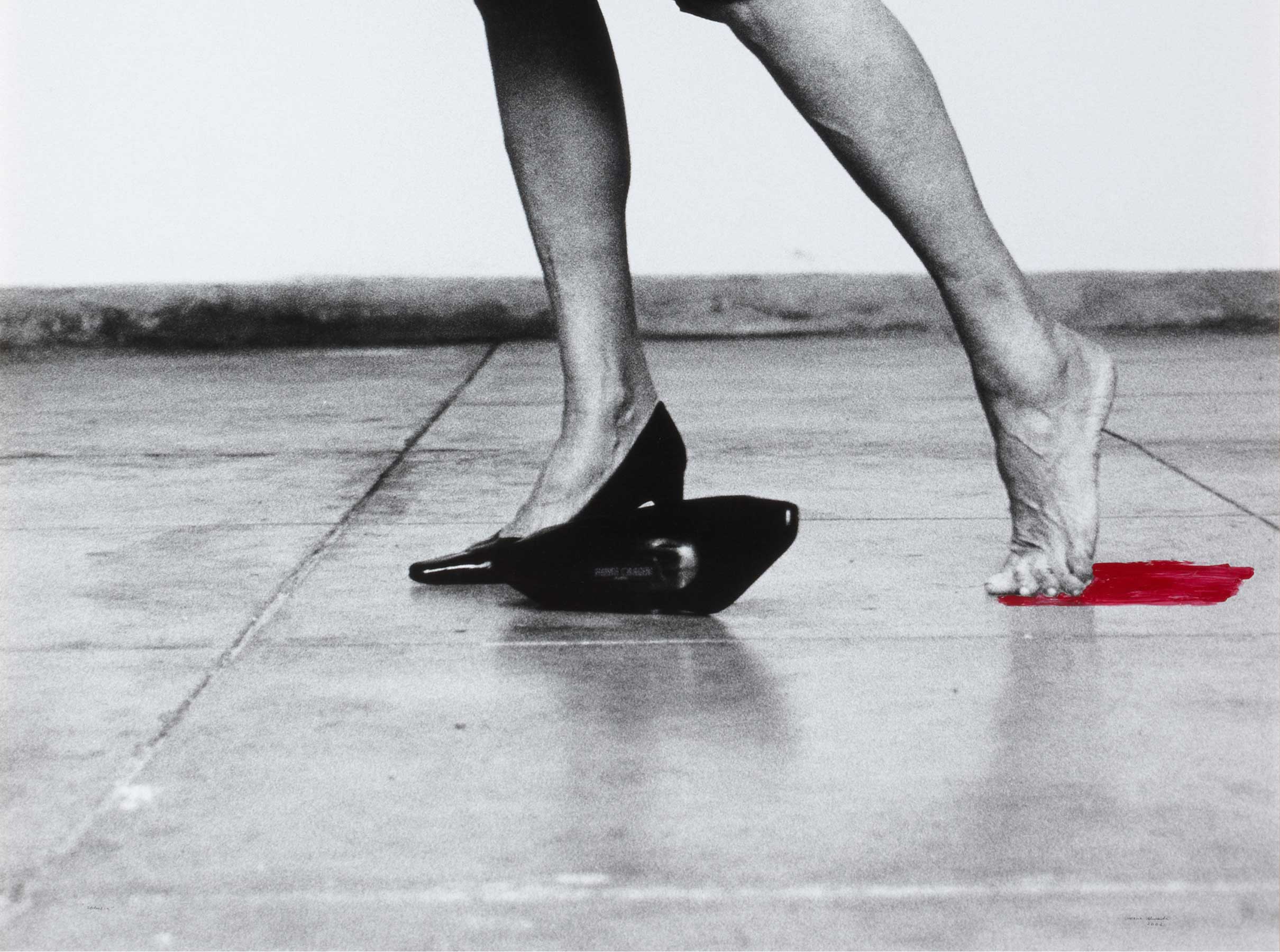Hércules en el Peñón [Hercules on the Rock]
- 1986
- Oil on canvas
- 46,5 x 38,5 cm
- Cat. P_778
- Acquired in 2013
Hercules on the Rock (1986) is a canvas dated just a year after Guillermo Pérez Villalta became the youngest winner in the history of the National Award for Plastic Arts.
The painting features the mythological figure of Hercules, a frequent character in his oeuvre, to whom he returned later, for example, in his work for the Andalusia Pavilion for the Seville Expo ’92 (a large mural on the roof of the pavilion, where Pérez Villalta depicted the twelve labours of the hero along with the signs of the Zodiac). Hercules on the Rock is also a portrait where many of Pérez Villalta’s interests converge, in particular his personal, fantastic cosmogony populated by allegorical figures. The work also has autobiographical aspects: specifically, the painting is ‘located’ on the Rock of Gibraltar, near La Línea de la Concepción, where the artist lived as a child, and not far from his town of birth Tarifa. It is a painting constructed on thought, a painting of concepts and emotion, where the artist is ‘within the work’.
Pérez Villalta’s early output cannot be separated from his expertise in areas as diverse as history, literature, architecture and mythology or from his embracing of popular culture. His work thus provides an unexpected journey from the canons of classicism to the recognition of ‘indigenous’ styles that he calls ‘neo-modern’, ‘more modern than the modern’. An example can be found in the ‘style’ of the buildings along the Costal del Sol, a contextual counterpoint to the eclectic, internal style of post-modernity into which his oeuvre falls.
In 2003 Guillermo Pérez Villalta donated much of his work to the Andalusia Contemporary Art Centre (CAAC) in Seville.
Other works by Guillermo Pérez Villalta

![Hércules en el Peñón [Hercules on the Rock]](/f/webca/INF/assets/img/fff.png)